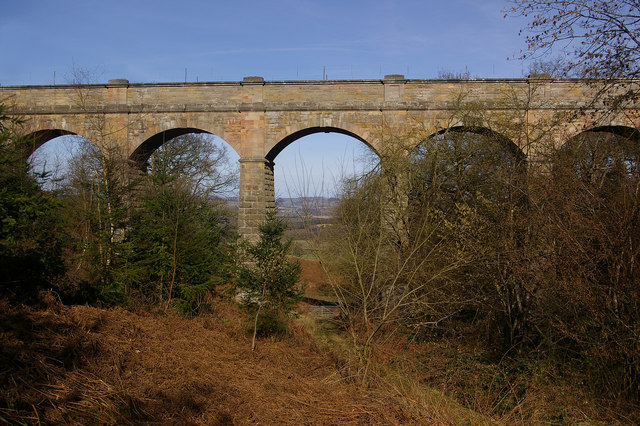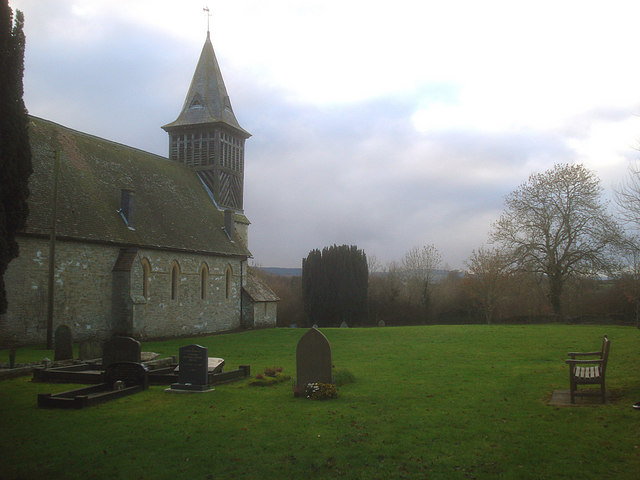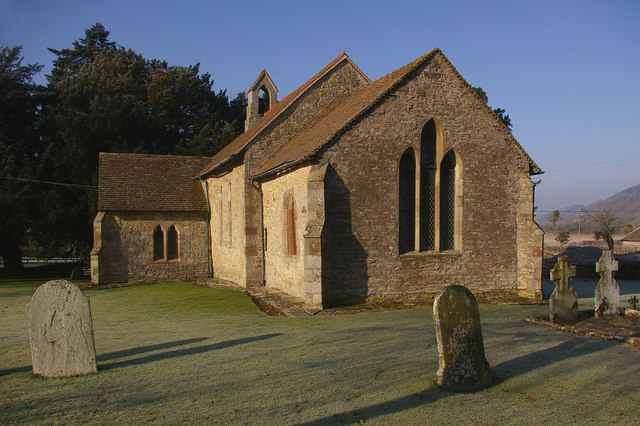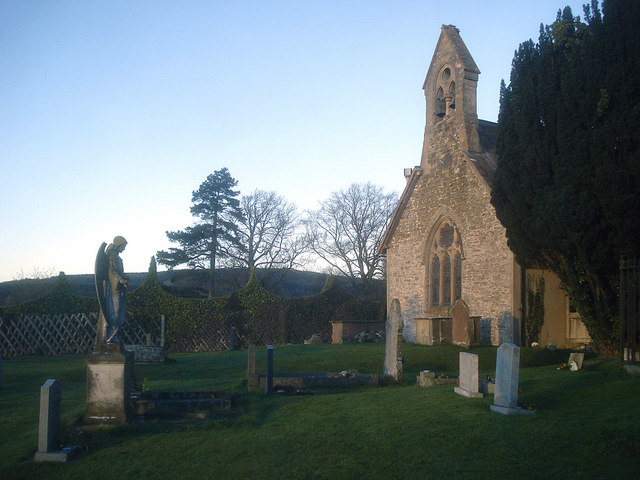Bringewood Forge
Settlement in Herefordshire
England
Bringewood Forge

Bringewood Forge is a historic landmark located in the county of Herefordshire, England. Situated in the picturesque countryside, it is renowned for its rich heritage and contribution to the local iron industry. The forge is nestled within the expansive Bringewood Chase, an area known for its natural beauty and tranquil surroundings.
Dating back to the 17th century, Bringewood Forge was initially established as a water-powered ironworks. It played a significant role in the region's iron production during the Industrial Revolution. The forge utilized the power of water from the nearby River Teme to operate the machinery, enabling the production of high-quality iron products.
The site comprises various buildings, including the main forge, a waterwheel house, and ancillary structures. These structures are constructed using traditional materials such as timber, brick, and locally quarried stone, offering a glimpse into the architectural style of the time.
Today, Bringewood Forge stands as a testament to the industrial history of Herefordshire. The site has been carefully preserved and restored, providing visitors with an opportunity to explore the forge's fascinating past. Guided tours are available, offering insights into the forge's operation and its impact on the local community.
The surrounding area offers visitors a chance to appreciate the stunning natural beauty of Herefordshire. With its rolling hills, dense forests, and picturesque streams, Bringewood Forge serves as a gateway to the region's vast outdoor recreational opportunities. From hiking and cycling to wildlife spotting and picnicking, visitors can immerse themselves in the tranquility of the countryside.
In summary, Bringewood Forge is a historically significant site in Herefordshire, playing a vital role in the county's iron industry. With its well-preserved structures and scenic surroundings, it offers visitors a unique glimpse into the past and a chance to appreciate the beauty of the region.
If you have any feedback on the listing, please let us know in the comments section below.
Bringewood Forge Images
Images are sourced within 2km of 52.361282/-2.8090842 or Grid Reference SO4574. Thanks to Geograph Open Source API. All images are credited.








Bringewood Forge is located at Grid Ref: SO4574 (Lat: 52.361282, Lng: -2.8090842)
Unitary Authority: County of Herefordshire
Police Authority: West Mercia
What 3 Words
///apartment.hired.factoring. Near Burrington, Herefordshire
Nearby Locations
Related Wikis
Downton Castle
Downton Castle is a grade I listed 18th-century country house in the parish of Downton on the Rock in Herefordshire, England, situated about 5 miles...
Bringewood Ironworks
Bringewood Ironworks was a charcoal ironworks in north Herefordshire. It was powered by the river Teme, with a blast furnace, a finery forge and latterly...
Elan aqueduct
The Elan aqueduct crosses Wales and the Midlands of England, running eastwards from the Elan Valley Reservoirs in Mid Wales to Birmingham's Frankley Reservoir...
Burrington, Herefordshire
Burrington is a small village and civil parish in the far north of Herefordshire, England. It is part of the Leintwardine group of parishes and shares...
Pipe Aston
Pipe Aston is a small village and civil parish in the far north of Herefordshire, close to the border with Shropshire. It has a population of about 24...
Downton, Herefordshire
Downton is a civil parish in Herefordshire, located in the north of the county and containing the village of Downton-on-the-Rock. It is part of the Leintwardine...
Elton, Herefordshire
Elton is a hamlet and civil parish in the far north of Herefordshire. It is situated on the Wigmore to Ludlow road. The village is northeast of Leinthall...
Mortimer Forest
Mortimer Forest is a forest on the Shropshire/Herefordshire border in England, near the town of Ludlow. It covers hilly terrain, including the marilyn...
Nearby Amenities
Located within 500m of 52.361282,-2.8090842Have you been to Bringewood Forge?
Leave your review of Bringewood Forge below (or comments, questions and feedback).

















